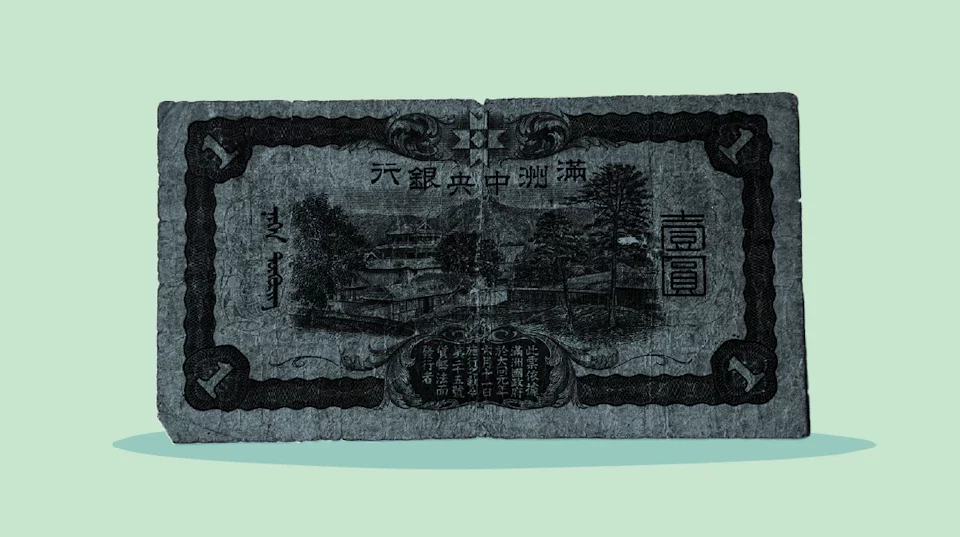The introduction of banks

Today’s banking system in the West has its roots in the early to mid-Middle Ages. In this time period, three primitive banking professions emerged:
Pawnbrokers — They functioned similarly to modern-day pawnshops, offering temporary loans in exchange for personal property.
Money-changers — These citizens charged a fee to exchange currencies.
Merchant bankers — At the top of the social classes, these wealthy citizens offered loans from either personal funds or from partners’ funds.
Many of these banking operations originated in regions of Italy, including Venice, Florence and Rome. Over time, these services converged with the onset of modern banks.
In the United States, a national bank began with a plan by Alexander Hamilton, the first Secretary of State. He thought a national bank would help stabilize the nation’s credit. The first bank in the U.S., The Bank of the United States, was established in 1791.
The gold standard
In 1816, gold became the standard of value in England. Each bank note represented a certain amount of gold, so only a limited number of bank notes could be printed. This gave previously unbacked currency some semblance of value and stability. By 1900, the United States had followed suit with the Gold Standard Act. While the gold standard would slowly fade out of usage by the 1970s, the gold standard played an important role in the history of U.S. money.
Modern-day money
Now that you have a better understanding of the history of currency, let’s take a look at how it’s used today. Along with paper money and coins, modern-day money has also branched out to include credit and debit cards, online payments and cryptocurrency.